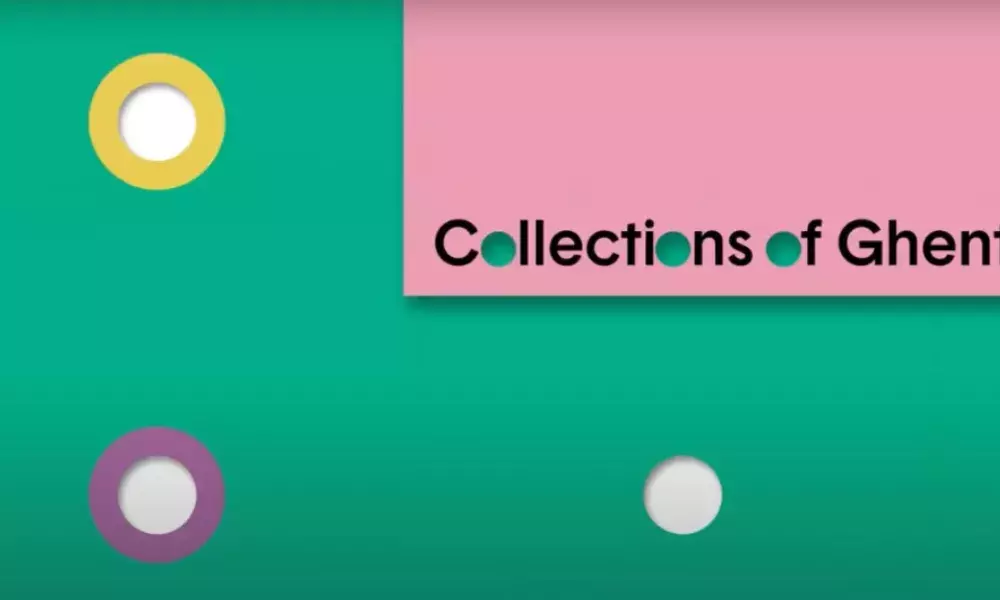
Brussels, 15 August 2023
Let's take a look back at the CoGhent project that ended in 2023! 5 years have passed and it was time to look back and see if and how all the deliverables produced as part of this Urban Innovative Action funded project were actually reused?
We conducted a series of interviews among stakeholders here in Belgium and abroad who got in touch with the CoGhent team after the CoGhent Festival in spring 23 to find good examples to show who was inspired by this exceptional city initiative to open up digitised cultural data in the city of Ghent and to see what they actually achieved!
We have selected three examples:
- the Metropolis of Lelli, in northern France, wanted to experiment with the creative re-use of digitised cultural data to encourage the area's museums and archives to digitise and open up their collections,
- The Museum Council of the city of Telfd in the Netherlands has been looking at the best way to open up its digitised cultural data and the technologies it should use,
- The social service of the Province of Gelié in Wallonia, Belgium, wanted to work with the cultural heritage of the area's museums and institutions to improve social cohesion...
3 contrasting and emblematic fictional stories for which we have opened the pages of this article for them to tell their story, their point of entry into the CoGhent project and their motivations, their own project process, and the specific results they have achieved.
When reading this, we hope that these selected examples will illustrate three possible re-uses of CoGhent content, all different but all equally valuable. And who knows, maybe they'll inspire you to follow in their footsteps and build your own project to reuse the contributions of the CoGhent project!
THE BUILDING BLOCKS OF COGHENT
Before delving into the three different stories, it is important to note that CoGhent is a vast, multilateral and multifaceted project. Reusing content from the project does not mean copying and pasting what was developed over 3 years in Ghent.
Firstly, because CoGhent was conceived as a comprehensive systemic innovation project that covers a range of technical processes (i.e. digitisation processes, property rights management, dynamic linked open data sets, etc.) and socio-cultural issues (collecting local memories, involving the neighbourhood, creating a climate of trust, stimulating the creative recombination of cultural data, etc.). This exhaustive objective does not necessarily correspond to the intentions, strategies or even resources available in other cities or stakeholders.
Secondly, because CoGhent was an innovation process that produced ready-to-use content: webinars, toolkits, modules, etc. that do not require the same investment in research, development, time and money to be reused. CoGhent's results have been designed as a series of building blocks that can be reused independently or reorganised according to different objectives.
Now let's see what others have done with CoGhent's big box of building blocks!
"As Chief Data Officer in charge of the Lelli Metropole's open public data policy, I didn't want to limit myself to opening up public transport data or urban planning data, but also involve the city's cultural dimension so that it could take part in this great movement to open up data to citizens!
Here in Lelli, museums, municipal archives or cultural institutions were not at all ready or had not planned to devote time and money to making their collections digitally accessible to the public in a collective and coherent way.
This is why, based on CoGhent's experience, I thought of reversing the process followed by the project to arouse their curiosity, i.e. first working on the creative reuse of digitised cultural data to arouse their interest by presenting them with attractive and inspiring applications.
Some local museums and art galleries had already partially digitised their collections. The technical standards used to open up the data were quite different from one institution to another, and it was sometimes difficult to reuse the data for external third parties... But whatever the case, it was worth trying something based on the same strategy that led to all the Metropole's public institutions committing to opening up their data: if opening up public data leads to innovative applications that bring real benefits to citizens, it makes the strategy more tangible and clear for all the players around the table, and they see the point of making the effort!
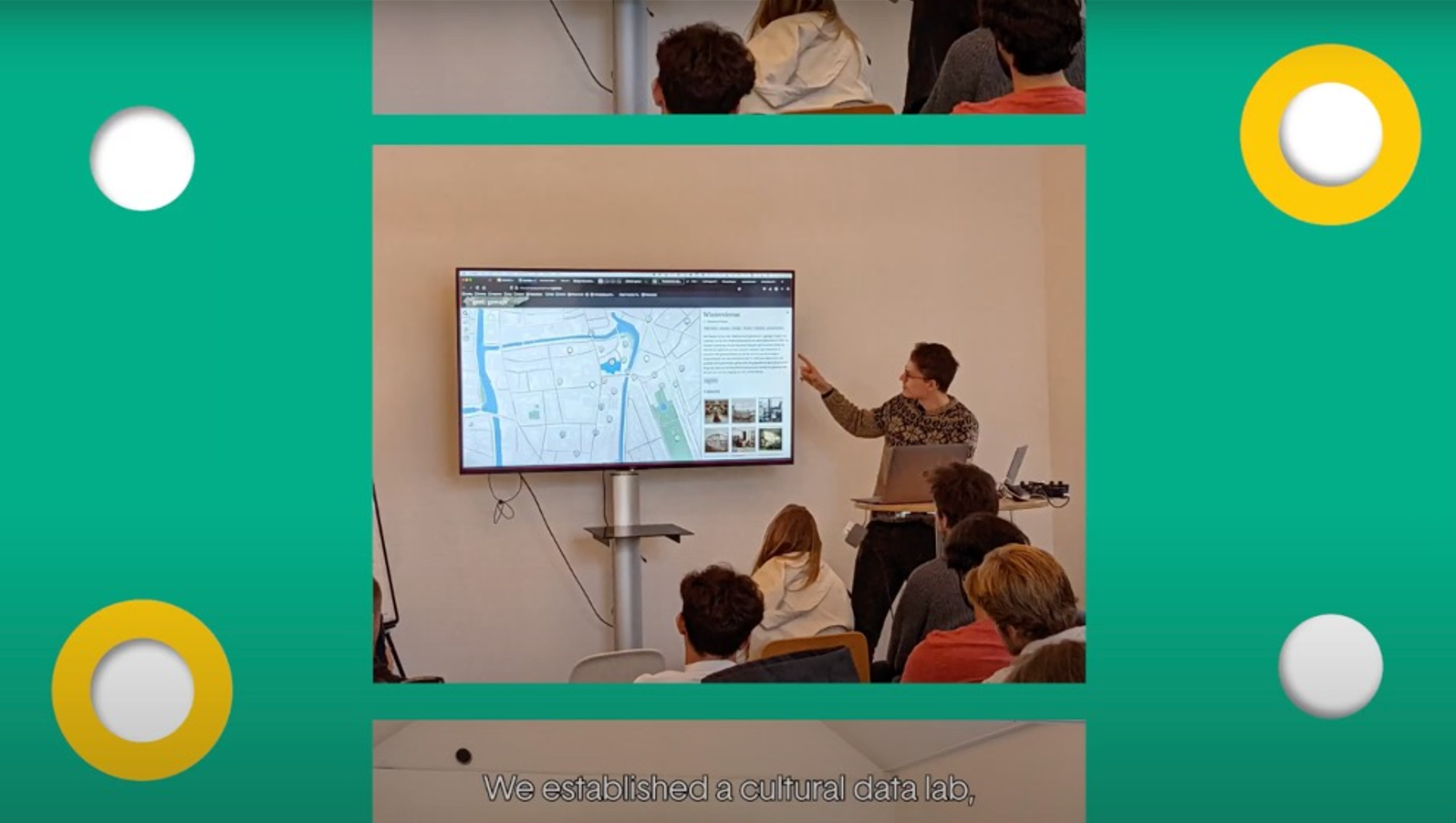
Cultural Data Lab, an open experimentation place around digitised cultural heritage organised at the beginning of the project (photo credit: Collections of Ghent promotion movie )
We focused on the CoGhent Co-Creation Fund process. In order to encourage the launch of a similar project here (and get a budget for it), I started showing a selection of inspiring projects generated by the CoGhent Co-Creation Fund [C
I obtained an agreement to set up a temporary Municipal Cultural Open Data Service [Cultural Data Lab Fr
At the same time, we were able to use a small budget to set up a first experimental Co-Creation Fund in the Metropolis. Only two museums and one community art centre were sufficiently advanced in proposing open access to a sufficiently large part of their collections to take part in this experiment. In September, we launched a call for projects entitled "ArtAttak". We defined 3 different categories to propose innovative re-use of digitised cultural data: "Art for everyone"; "Art for me" and "Art for the commons". A jury of citizens selected 14 projects from the 35 proposals received. In June, we included an ArtAttak Show as part of the Metropole Summer Festival [Report on the
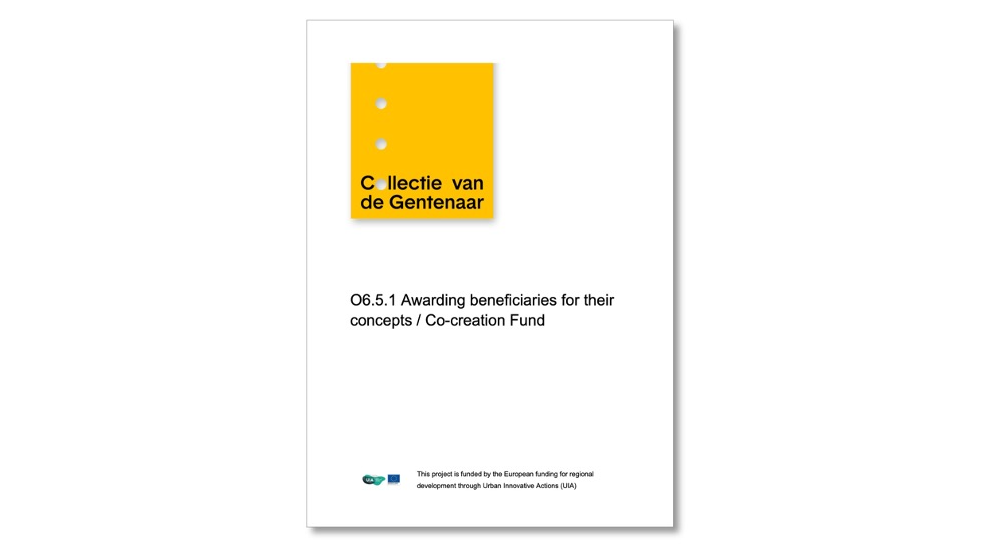
Report on the Co-Creation Fund-process and projects – WP6 (photo credit: CoGhent project)
I don't want to be too optimistic, but the issue of using open cultural data to encourage artistic participation in the neighbourhood is much better understood and is now higher on the cultural agenda of the Metropolis!
OPENING UP DIGITIZED CULTURAL DATA
"Hello, my name is Linda. I coordinate all the museums in Telfd. I took up this post 4 years ago to encourage all the city's cultural institutions to digitise and open their collections.
Even if we only want to give access to the digitised version of what is conserved and protected in museum halls and storerooms, it wasn't easy to get everyone to agree: opening up the collections was not a simple step for the city's museum curators, who have the reflex of protecting their collections rather than making them available to the public!
We've been working hard for almost 3 years to get everyone on board, to get cleaned digitised datasets, to sort out copyright issues, to agree on a common position on what we want to achieve, and so on
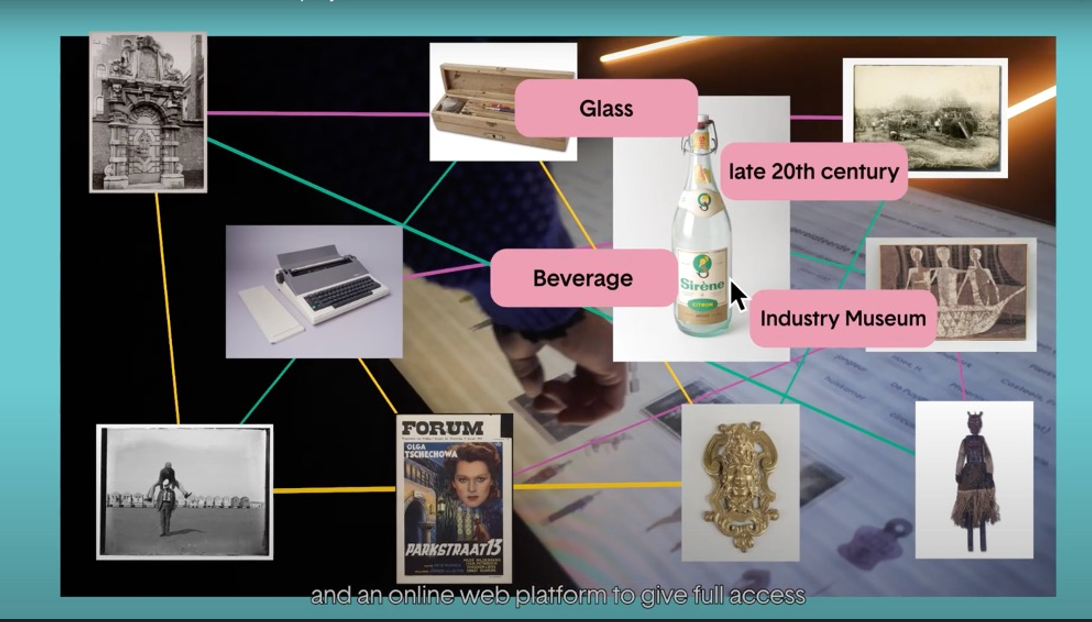
Illustration showing links between different cultural data enabled by CoGhent technological infrastructure (photo credit: Collections of Ghent promotion movie)
Consequently, the various webinars made available by CoGhent have been very useful for sharing the concept of open cultural data with decision-makers in the city's cultural institutions
My job was more political and organisational, to convince the cities' cultural institutions to take part in a process of opening up their collections. So I asked my colleague Karl, who was in charge of the technical side of the project, to comment on the technological building blocks made available by the CoGhent project to open up data in a coherent and accessible way:
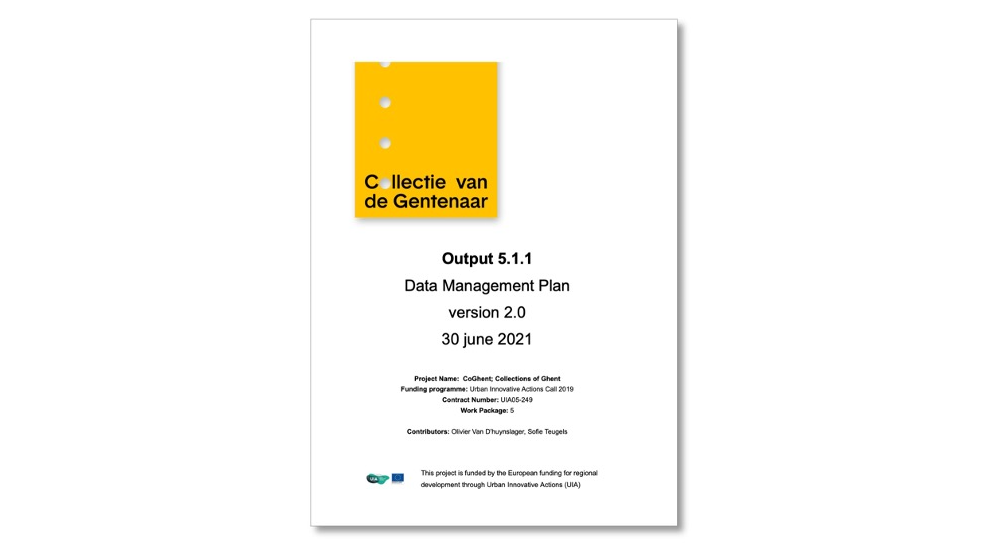
Data Management Plan – WP5 (photo credit: CoGhent project)
Now that all the technical engineering has been put in place and tested, my role now is to support the process of openness by helping artists, designers, NGOs and companies or even citizens to access and interact with the open data and propose something new with it [Microservices architecture documentation: architecture di
"The population of the Province of Gelié in Wallonia is the result of a permanent flow of migrations which results in a rich and sometimes tense superposition of cultures. So, as someone who works in the social services of the provincial administration, the CoGhent Festival made me want to connect the city's cultural institutions with the popular cultures in the neighbourhoods: we need to be aware of the nearly complete absence from the collections of the Province's museums of objects from the cultures of all the populations that have immigrated to our territory over the last few decades, and of the lack of official recognition of these populations as legitimate players in the Province.
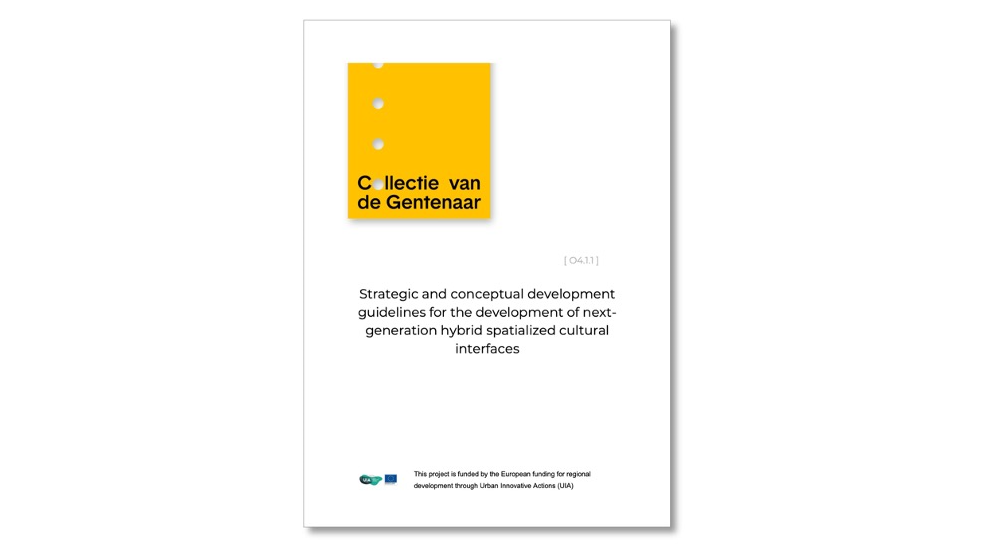
Strategic and conceptual development guidelines for the development of next generation hybrid spatialized cultural interfaces – WP4 (photo credit: CoGhent project)
I immersed myself in the early strategic thinking that took place at the very beginning of the CoGhent project [link to: Strategic and conce
We started by involving the cultural institutions themselves. Here in Gélié, museums often tend to be reticent about any process that tends to blur what is considered as the official history with informal popular contributions. CoGhent published a selection of stories collected from the different ethnic communities that inhabit the city [Stories - version for citiz
With the Province's museums, we obtained a small budget to carry out an initial experiment in collecting neighbourhood stories, which we called "MuseumPop", as a form of homage to "ÉducPop", the popular education movement that took shape in the 1950s. The museums dedicated a few months of their staff's time, with skills in sociology, history, ethnography, etc., to work in the field with social workers from the province's social services.
I tried to make the most of CoGhent's experience to avoid the classic mistake of a top-down approach. We therefore conceived the MuseumPop project as a participatory process involving citizens and stakeholders in order to define a collective methodological process of our own [Neighbo
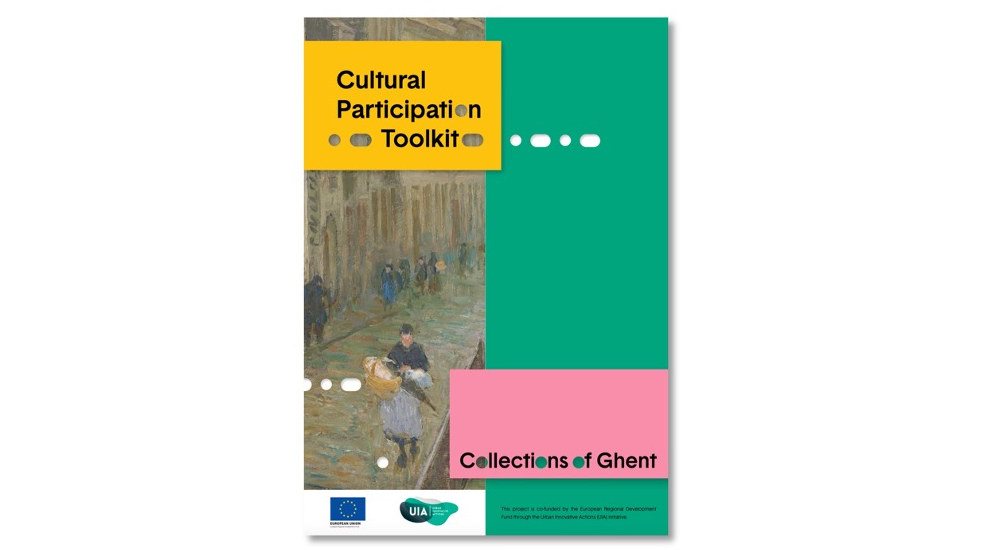
Cultural Participation Toolkit – WP6 (photo credit: CoGhent project)
Then, once everyone was on the same page and MuseumPop was up and running, we started involving museum staff and neighbourhood volunteers to get the collection process underway [Train the tra
In the end, what did we learn from the MuseumPop experience? We have updated the museum collections with more balanced content, representative of all the populations and histories of the Province, reflecting a fairer and more inclusive official view of cultural heritage. And that's a good thing! But for me, the main lesson is that social cohesion comes mainly from the process: the collection of the material in each neighbourhood, the endless discussions about its meaning from different cultural points of view, the MuseumPop open-air cinema sessions that we organised in all the districts and towns of the Province to give back to the citizens what they have shared, etc. In short, social cohesion comes from the process itself.
In short, the social cohesion that cultural institutions can help to build is less when people are interested in what museums do than when museums are interested in what people do!”

Stories - version for citizens/storybooklet – WP6 (photo credit: CoGhent project)
About this resource
The Urban Innovative Actions (UIA) is a European Union initiative that provided funding to urban areas across Europe to test new and unproven solutions to urban challenges. The initiative had a total ERDF budget of €372 million for 2014-2020.
Similar content




